Downshifting To The Speed Of Life: Coaching Slowness

“Summertime and the livin’ is easy.” How long has it been since the words of that old song rang true? In response to the accelerated pace of life a conscious movement has emerged to help us slow down and reclaim our quality of life again.
In my last post I shared about Time Affluence (http://wp.me/pUi2y-hV) and how we can experience a greater sense of time by changing our way of perceiving it. Today I’ll share about another way to address our sense of “time poverty” by learning how to deliberately slow down our pace of life: the “slow movement”.
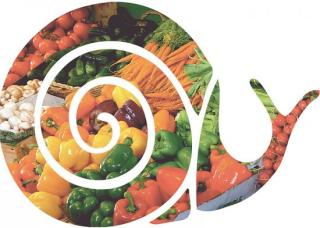 What started in Italy with “slow food” as a reaction to omnipresent “fast food” (http://www.independent.co.uk/life-style/food-and-drink/features/carlo-petrini-the-slow-food-gourmet-who-started-a-revolution-1837223.html ) has morphed into a broader “slow living” movement including slow travel, slow schools, slow cities, slow design, slow relationships and more. Its main tenet is that for a more fulfilling and deeply satisfying life we need to allow the appropriate amount of time to experience the activities we engage in.
What started in Italy with “slow food” as a reaction to omnipresent “fast food” (http://www.independent.co.uk/life-style/food-and-drink/features/carlo-petrini-the-slow-food-gourmet-who-started-a-revolution-1837223.html ) has morphed into a broader “slow living” movement including slow travel, slow schools, slow cities, slow design, slow relationships and more. Its main tenet is that for a more fulfilling and deeply satisfying life we need to allow the appropriate amount of time to experience the activities we engage in.
Savoring may save us. Consciousness may return control to our lives. As author Carl Honore (In Praise of Slowness) (http://www.carlhonore.com/books/in-praise-of-slowness/) puts it, our cultural obsession with speed erodes our health, productivity and quality of life. “We are living the fast life, instead of the good life.”
Operating on “automatic pilot” may seem like an important strategy to cope with feeling overwhelmed. However it usually results in staying stuck in habits that don’t serve us as well as the conscious choices we might make instead, if only we…slowed down and thought about it. As Mae West tells us “Anything worth doing is worth doing slowly.”
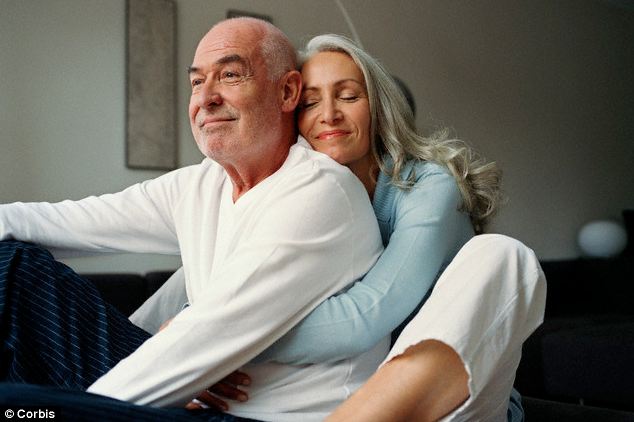 Downshifting
Downshifting
So, how do we make the shift? How do we de-stress ourselves, further change our perception of time and pump up our quality of life? How do we begin to embrace and benefit from “slow living”?
Value the intrinsic over the extrinsic. Focus on the internal rewards found in experience, not production; the taste of fresh tomatoes, the smile of a child. The irony here is that we know that intrinsic motivation drives greater and more creative productivity.
Re-wire your brain. Changing life-long habits means developing new neural pathways in our brains and staying off the old well-worn habit pathways. Catch yourself in your old speedy habits and jump back on the new path over and over again.
Plan to be spontaneous. Plan ahead to have free time. Make plans to “be” not just get things done. Make reservations at campgrounds so you will get out and do it. Arrange with friends to have a slow dinner evening savoring food and fun.
Lose your mind and come to your senses. Focusing on our sensory experience of taste, sound, touch, and smell can help us slow down. Breath deep, eyes closed, and take a moment to smell the roses.
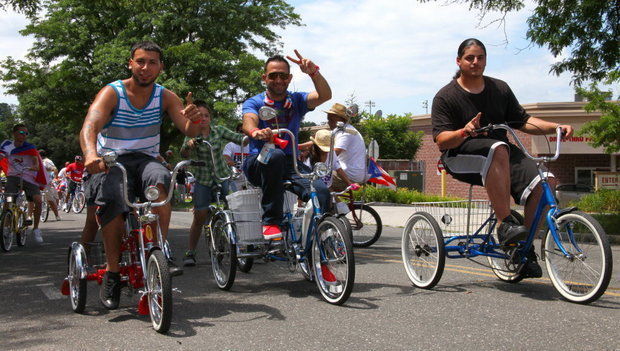 Create conspiracies. The only way to break out of unhealthy cultural norms is to conspire with friends, family and co-workers to create healthier, slower ones. Together cultivate the Italian phrase “Il dolce far niente” the sweetness of doing nothing!
Create conspiracies. The only way to break out of unhealthy cultural norms is to conspire with friends, family and co-workers to create healthier, slower ones. Together cultivate the Italian phrase “Il dolce far niente” the sweetness of doing nothing!
 The Coach’s Takeaway
The Coach’s Takeaway
Our coaching clients often come to us either feeling that they are overwhelmed and have to slow down their pace of life, or, perhaps when they have had a “wake up call”, like the onset of a serious health challenge, that has caused them to reassess life’s priorities. They want to “slow down”, but, “marinated in a culture of speed” (as Honore puts it), they don’t know how.
You may have clients who are do not want to slow down. Staying busy, staying distracted, they don’t have to look at deeper issues that may be more troubling to encounter. Coach them around exploring what they fear might happen if they were to slow down. Explore “what if” examples: “What would happen if you made an agreement with your family to eat dinner together with no television or other devices turn on?” “What would it be like to take a long, hot bath instead of a quick shower?” Some clients may have such fears that they need counseling rather than coaching and the “pressure” to slow down may be too much. Referral can be discussed, but you can also back up and coach in other areas until they are ready to look at how they might experiment with slowing down.
Some fears might not be so psychological. Your client may fear that if they slow down they won’t be able to compete in the workplace or marketplace. They may fear that they won’t appear as a attractive as the hard-charging, “work-hard/play hard” person they want to portray. If you client is open to it, this may be where you can turn them on to some of the resources of the “slow movement”, such as Honore’s book, or: http://www.slowmovement.com; http://www.create-the-good-life.com/slow_movement.html; and http://movimientoslow.com/en/filosofia.html. They may learn that they can allay many of their fears by seeing how the benefits of slowing down include just what they are trying to achieve by rushing and working too hard: greater creativity, productivity and quality of life.
Slowing down may have a link with self-permission. Many of the healthy changes in behavior often revolve around greater self-care. Great wellness plans go nowhere if the client is unwilling to give themselves permission to implement them. Explore this concept of self-permission and how the person is holding themselves back.
For most clients though, the desire for a slower, more fulfilling life is there.
- Create experiments using the Downshifting idea above.
- Get creative with your client and co-create new action steps that they can take week by week to try out new ways to slow down in whatever area seems both important to them and most likely of succeeding.
- They may even want to commit to looking at several dimensions of their wellness (perhaps as represented in a simple tool like the Wheel of Life) and creating experiments in each area.
- Commit to cooking more meals at home.
- Visit a farmers market.
- Declare a “technological Sabbath” for a day.
- Commit to learning and practicing “centering” activities such as Tai Chi, Yoga, relaxation training, or some form of mindfulness practice.
- Commit to reading a novel instead of work-related books.
- Read Thoreau’s essay “On Walking” and learn to saunter! (http://thoreau.eserver.org/walking1.html)
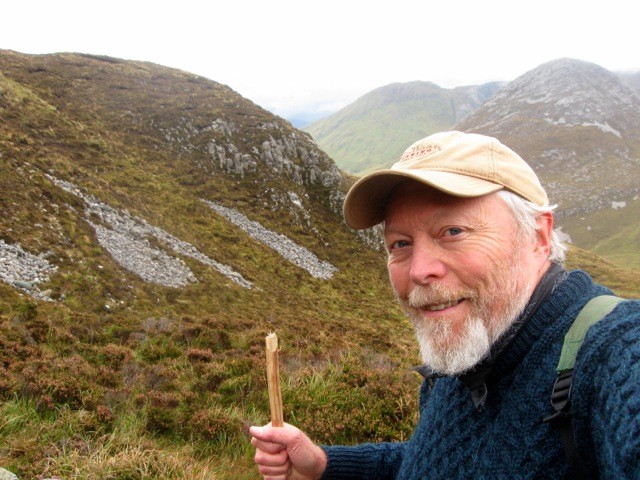
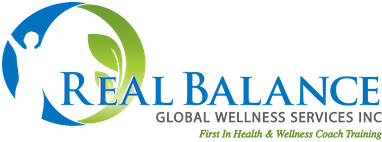

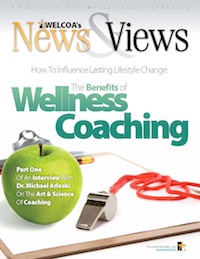
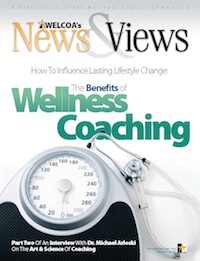

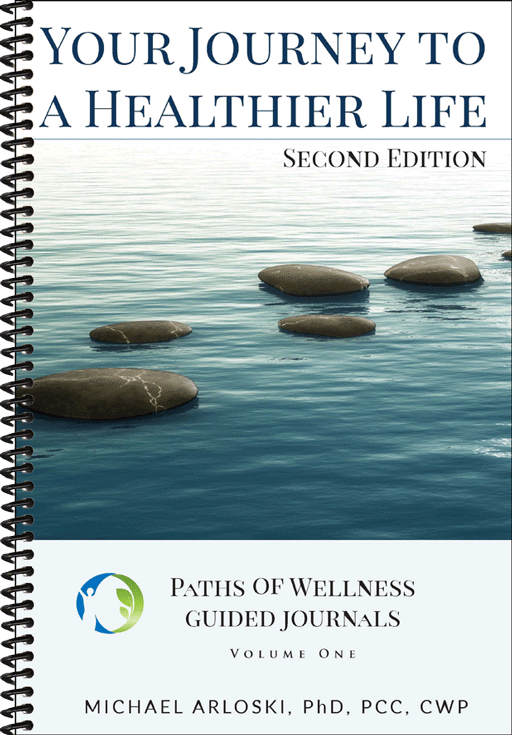
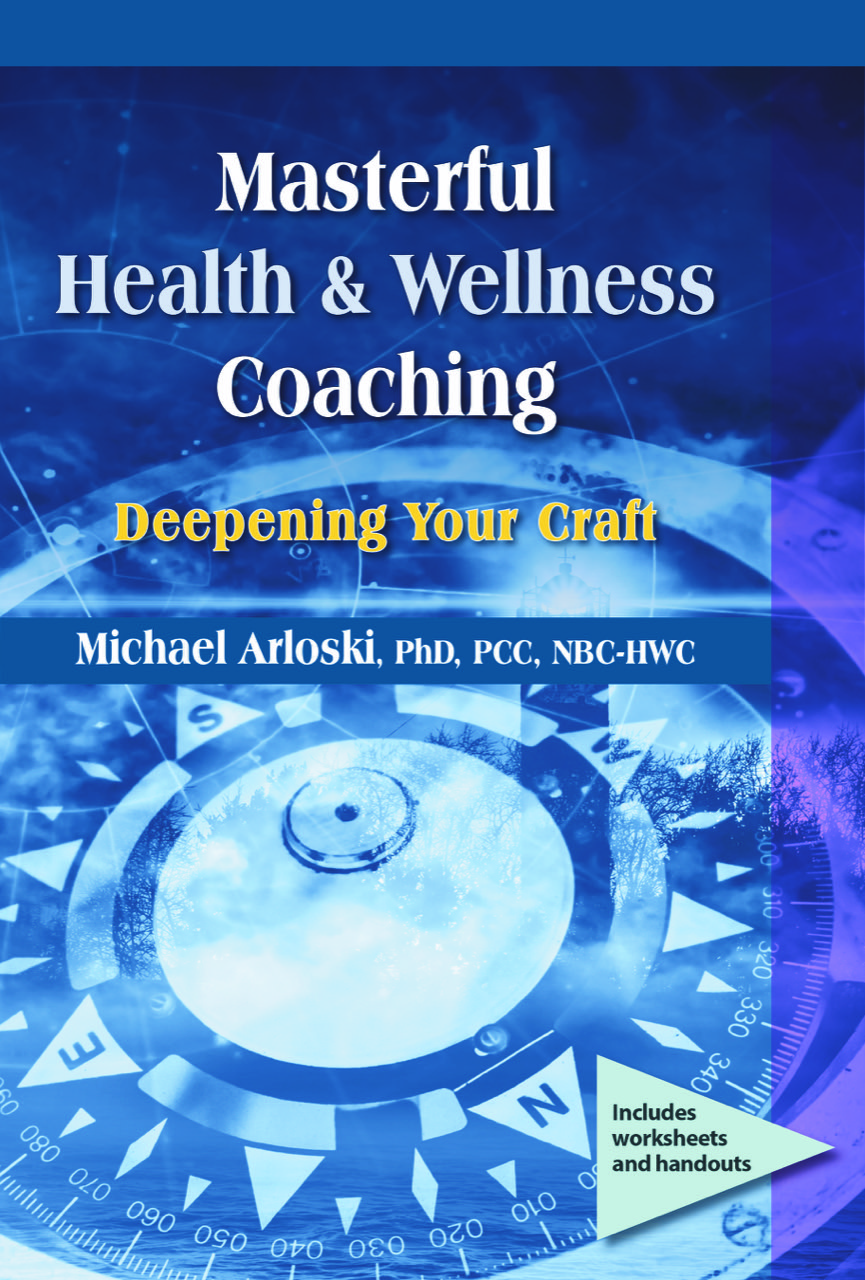

Only registered and logged in readers can leave comments.